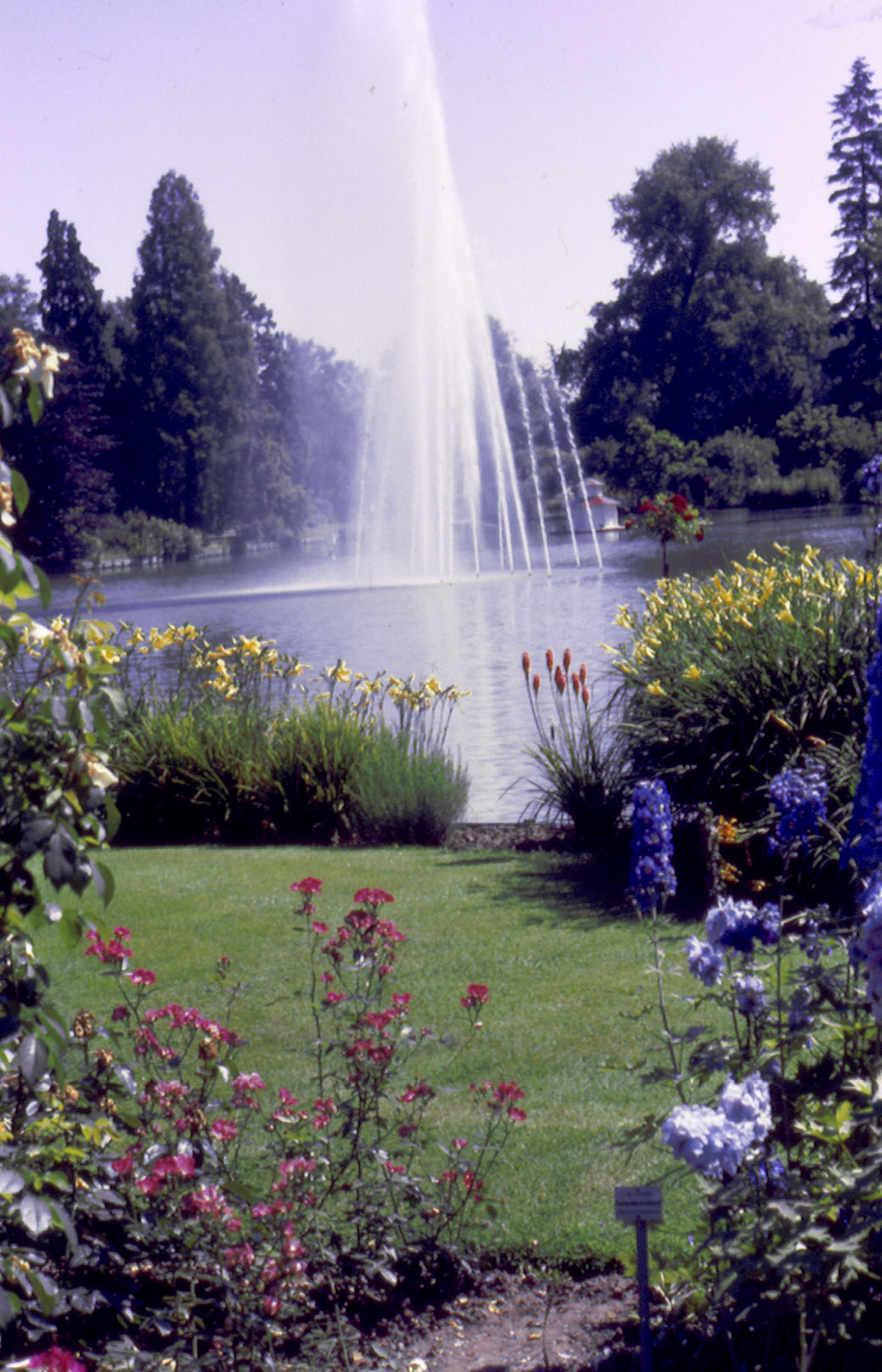"§"
Hume's Blush - Rose
Die Rose trägt - unter anderen - den Namen des englischen Politiker, Kunstsammler und begeisterte Gartenliebhaber Sir Abraham Hume (1748-1838), der die Rose 1809, in einer ihm, aus Kanton von der Firma Fa Tee Nurseries, zugeschickten Ladung von Chrysanthemen, entdeckte.
| 00 Hinweis: ----------------------------------- | Hinweis: -------------------------------------------------------------- |
| 01 Hinweis: Bild |  |
| 02 Hinweis: Bemerkung | |
| 03 Hinweis: Literatur | |
| 10 Name: -------------------------------------- | Name: ----------------------------------------------------------------- |
| 11 Name: Sortier Name | |
| 12 Name: Exhibition Name | |
| 13 Name: Registration Name | |
| 14 Name: Synonyme | | Hume's Blush Tea scented China | Hume's Blush | Rosa indica fragrans Redout. & Thory | Rosa indica odoratissima Lindley | Rosa odorata (Andrews) Sweet | Rosa X odorata (hort ex. Andrews) Sweet | Rose de la Chine carnée | Rosier des Indes odorant | Tea scented China | |
| 15 Name: Auszeichnungen / Awards | |
| 20 Genealogie: -------------------------------- | Genealogie: ----------------------------------------------------------- |
| 21 Genealogie: Gattung / Sektion / Art | |
| 21 Genealogie: Gattung / Sektion / Art | Teerose, Alte Rose |
| 22 Genealogie: Elternrosen / Herkunft / Parentage | |
| 23 Genealogie: Kinderrosen / Nachkommen | |
| 24 Genealogie: Sports / Mutationen | |
| 25 Genealogie: Verwendung / Utilisation / Gebruik / Use | |
| 26 Genealogie: Erscheinungsjahr / DOB (Date of Birth) | |
| 27 Genealogie: Züchter / Entdecker / Breeder / Hybridizer | China (Fa Tee Nurseries, von Hume eingeführt) 1810 |
| 30 Blüte: ------------------------------------- | Blüte: ---------------------------------------------------------------- |
| 31 Blüte: Farbe / Bloemkleur / Flower Colour | rosa |
| 32 Blüte: Duft / Fragrance / Geurend / Scent Strength | Teeduft |
| 33 Blüte: Eigenschaften / Flowering Habit | |
| 34 Blüte: Blütenblätter-Anzahl / Petals | |
| 35 Blüte: Form / Forme de la fleur / Bloom Shape | |
| 36 Blüte: Größe / Bloem / Bloom Size | |
| 37 Blüte: Typ / Bloom Type | |
| 38 Blüte: Zeit / Floraison / Bloeitijd / Flowering Period | remontierend |
| 39 Blüte: Bienenfreundlichkeit | |
| 40 Pflanze: ----------------------------------- | Pflanze: -------------------------------------------------------------- |
| 41 Pflanze: Blätter, Laub / Feuillage / Foliage | |
| 42 Pflanze: Dornen / Stacheln / Thornyness | |
| 43 Pflanze: Hagebutten / Hips / Hip Colour / Hip Shape | |
| 44 Pflanze: Knospen / Buds | |
| 45 Pflanze: Stiele / Stems | |
| 50 Wuchs: ------------------------------------- | Wuchs: ---------------------------------------------------------------- |
| 51 Wuchs: Form / Vorm / Growth Habit | |
| 52 Wuchs: Abstand / Dist. de plantation | |
| 53 Wuchs: Höhe / Taille / Height / Hauteur | |
| 54 Wuchs: Weite / Width | |
| 60 Gesundheit: -------------------------------- | Gesundheit: ----------------------------------------------------------- |
| 61 Gesundheit: Bodenansprüche / Cultivation | |
| 62 Gesundheit: Bakterien, Pilze, Viren | |
| 63 Gesundheit: Tierische Schädlinge | |
| 64 Gesundheit: Hitze | |
| 65 Gesundheit: Kälte | |
| 66 Gesundheit: Nässe | |
| 67 Gesundheit: Trockenheit | |
| 68 Gesundheit: Schatten | |
| 99 -------------------------------------------- | ----------------------------------------------------------------------- |
(E?)(L?) http://www.welt-der-rosen.de/rosensorten.html
...
1809 entdeckte der englische Politiker, Kunstsammler und begeisterte Gartenliebhaber Sir Abraham Hume (1748-1838) in einer ihm aus Kanton von der Firma Fa Tee Nurseries zugeschickten Ladung von Chrysanthemen eine bislang in Europa unbekannte Rosensorte, pflanzte sie in seinen Garten in Wormley Bury / Hertfordshire und führte sie 1810, zu Ehren seiner 1809 verstorbenen Ehefrau "Amalia" benannt, ein. Die Vorfahrin der zarten und sehr beliebten Teerosen gelangte in die Sammlung der Rosenkaiserin Josephine ("Malmaison-Rose") und wurde von Redouté als "Rosa indica fragrans" gemalt. Im 19. Jahrhundert verschwand sie aus dem Handel und galt 1941 als ausgestorben, bis man sie im Rosarium Sangerhausen wiederfand. Der korrekte Name dieser Rose ist nun "Rosa x odorata Odorata". Das Ehepaar Hume hatte in seinem Garten viele damals seltene Pflanzen, die ihm auch oft gewidmet wurden z. B. Erythrina humeana, Roscoea humeana und Humea elegans (heute Calomeria amaranthoides).
...
Erstellt: 2016-03